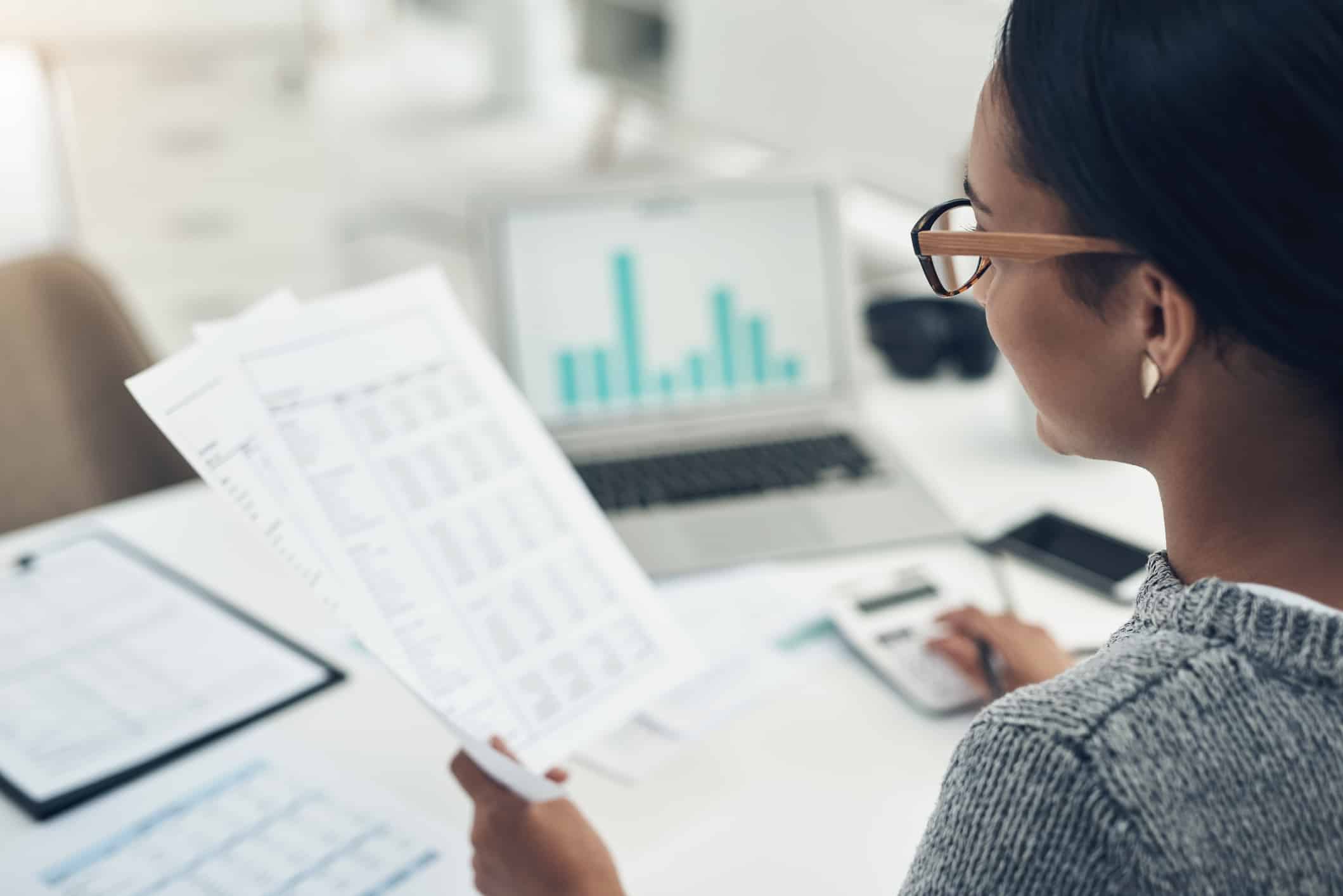Canadians have likely come into more than a little bit of debt in the last year or so. The pandemic may have been devastating in many ways. But in one respect, many people actually found they ended up with more money in their pockets. No travelling or eating out will do that for your wallet.
However, with higher interest rates and inflation, Canadians have a different scenario. Add in the holiday season, and many have likely come up with incredibly high credit card bills on top of remaining debt.
But don’t despair! Instead, if you follow these tips, not only can you pay down debt, but you could make killer cash in the next decade.
Pay it off
First off, investors need to come up with a strategy if they hope to pay down debt. To come up with a plan that works for them, they’ll need to make a budget. If you have a large budget, I would recommend the net-zero budget coupled with the snowball method.
The net-zero method is a budget that allows investors to put all the net income they have towards their essentials. Include it all. Look over your budget with a fine-tooth comb, and identify everything that you spend on a regular basis. What has to stay, and what can reasonably go? Assign every dollar you have towards an item, including minimum debt payments, gas, food — everything. The remaining amount should go towards debt.
Before you just put it towards all your debts, consider the snowball method. This is where you line up your debt from the highest interest rate to the lowest. Then, put that remaining amount towards your highest interest rate each month, creating automated payments. Do this until it’s paid off, then go to the next highest interest rate, and so on. Soon, you’ll have your debt paid off in no time! There are even applications to help you set this up.
The next step
Once you’ve paid off debt, don’t stop there. If you’ve managed to put aside cash and get used to living on the net zero method, trust me; it’ll feel like you got a raise. You’ll suddenly have all this extra cash, but instead of spending it, you can save it!
A great strategy is to now put those automated payments towards your investments, such as a Tax-Free Savings Account (TFSA) each month. Make it the same time, and then create automated investments from there each month as well. This creates the dollar-cost averaging method. Over time, your share price purchase will even out and grow.
This is the perfect method for newer investors and those who don’t have all that much time on their hands to research. And there’s yet another strategy for how to invest this cash.
Keep it simple
If you want to invest but, again, don’t have time for investing, I would consider investing in an exchange-traded fund (ETF) — one that follows the S&P 500 for example. This gives you a well-rounded list of stocks, along with dividend income. Income that can be used to reinvest right back into your investments.
A great choice is iShares Core S&P 500 Index ETF (CAD-Hedged) (TSX:XSP). This ETF follows the core S&P 500, as it suggests. It seeks to provide long-term capital growth as well as income through a 1.27% dividend yield. Plus, it’s hedged to the Canadian dollar, so there are no conversion rates required, and you just have to look at how the stocks perform rather than figure out the movement of the American dollar. And it’s done quite well, up 25% in the last year alone!
So, let’s say we see this happen again in the next year, and investors reinvest their income. They put aside $500 each month for a total of $6,000. Here is what that could look like.
| COMPANY | RECENT PRICE | NUMBER OF SHARES | DIVIDEND | TOTAL PAYOUT | FREQUENCY | PORTFOLIO TOTAL |
| XSP – now | $50 | 120 | $1.00 | $120 | quarterly | $6,000 |
| XSP – highs | $62.50 | 120 | $1.00 | $120 | quarterly | $7,500 |
Now, you’ve gone from debt to $1,500 in returns plus $120 in dividends. Keep it going, and you could have far more than the $1,620 that gets you in passive income.








